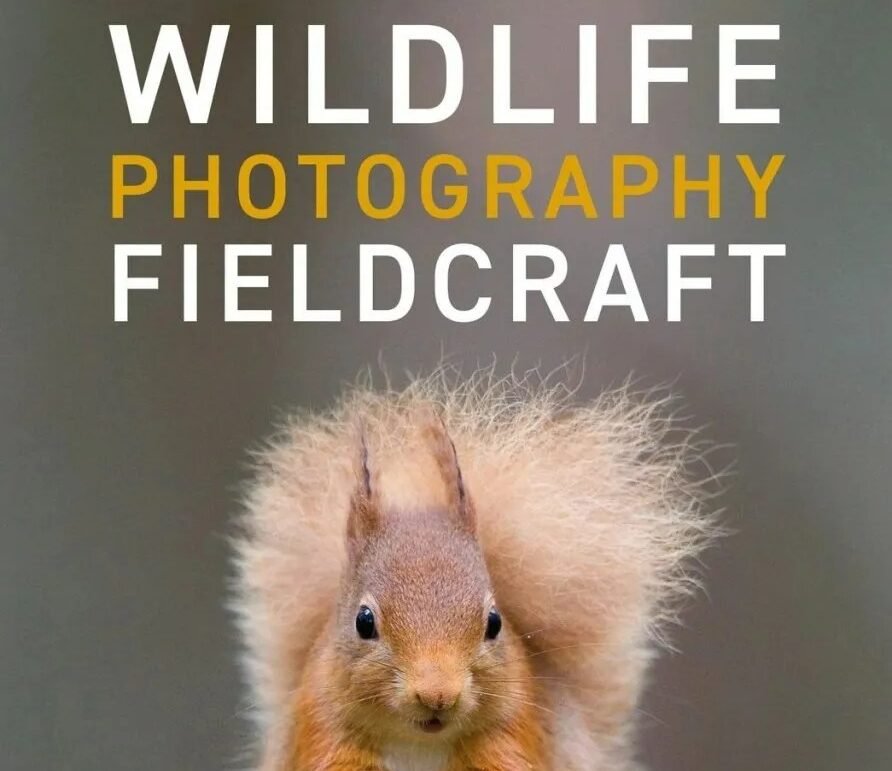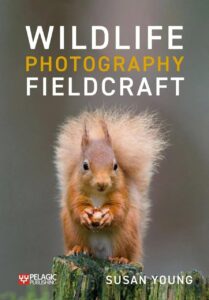 This unique book describes a straightforward system for how to successfully locate wildlife, the most difficult aspect of wildlife photography. Photographing the stunning natural world around us can be a challenging process. Not only does getting the perfect shot require a complex mixture of skill and luck, but there is little practical advice available on how to find the wildlife you’d like to photograph. While patience and persistence have to come from you, being equipped with the right fieldcraft knowledge, offered in this book, can increase your chances of getting the results – and the special moments – you are looking for.
This unique book describes a straightforward system for how to successfully locate wildlife, the most difficult aspect of wildlife photography. Photographing the stunning natural world around us can be a challenging process. Not only does getting the perfect shot require a complex mixture of skill and luck, but there is little practical advice available on how to find the wildlife you’d like to photograph. While patience and persistence have to come from you, being equipped with the right fieldcraft knowledge, offered in this book, can increase your chances of getting the results – and the special moments – you are looking for.
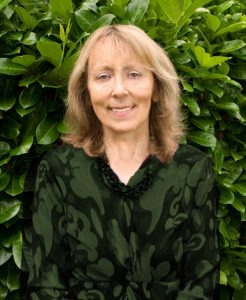
Individual chapters offer guidance on how to photograph birds, mammals, butterflies and dragonflies, as well as reptiles and some of our more elusive species. Various habitat types are discussed, along with tips on equipment, technical specifications and guidance suitable to both newcomers and more experienced wildlife photographers. While sharing some of her most successful and beautiful images, Susan Young also gives useful examples of when things didn’t quite work out – reflecting on how things could have been done differently to get a better outcome.
Susan Young speaks with us about why she chose to write this book, her process for researching each chapter and why wildlife photography is so important for engaging the public with the environment and conservation.
Your new book, Wildlife Photography Fieldcraft, is a unique guide to how to successfully locate wildlife. What drew you to wildlife photography and why did you choose to write this book?
I have had a keen interest in nature from an early age. I originally took up (digital) photography for landscapes, but it was a natural progression to wildlife photography so I could keep a record of my finds. When I started with wildlife, I found it very difficult to find suitable subjects, especially the less common ones, and of course many mammals are nocturnal. I studied many books on wildlife photography, but they all seemed to concentrate on photographic techniques and gave little or no information on how to find wildlife. I had written books before on subjects not previously covered, so decided to write the book I wished I had been able to find when I was looking.
You mention in this book that a lack of knowledge on how to find wildlife to photograph may be just as risky as providing too much information, could you expand on this?
This is related to disturbance. If photographers know very little about the subject of their photographs and do not understand the sensitivity of wildlife, they could disturb a bird, for example, and cause it to abandon its nest, or frighten a deer so it runs off and becomes injured.
On the other hand, if too much information is given out, particularly of a detailed location, photographers can flock to the area in large numbers. This has happened with rare birds, for example, and the birds have become very distressed.
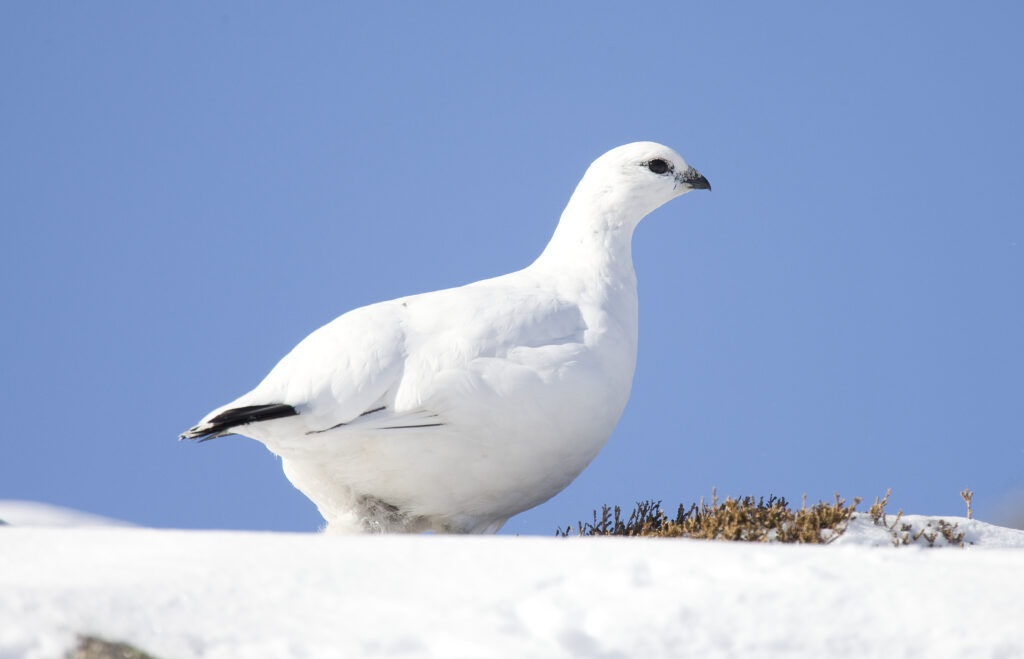
This guide is broken up into chapters covering different species groups, all of which are richly detailed, covering descriptions, diet, breeding, habitats, population estimates and more. What was your process for researching the different chapters, and why did you choose to go further to cover topics such as how to make a portable hide and thermal and dynamic soaring?
The whole focus of the information was on what factors influenced where, when and how to find wildlife. Population estimates and habitats, for example, influence where the subject might be found in a broad sense. Breeding and its rituals have a great effect on when certain species are most active and thus most likely to be seen. Description, diet and habits are more detailed indicators allowing the photographer to fine-tune the search, for example. Goldfinches like thistle seed (diet), they are often in flocks (habits) and have distinctive colouring (description), so a photographer situated near a patch of large thistles, at the right time of year, could have interesting photographs of goldfinches balancing on thistles and interacting with each other.
My process was to think of each category for different species and, based on my experience, record the facts for each species and describe how to use them to find wildlife. I then studied reliable sources to add further detail and confirm that what I already had was accurate.
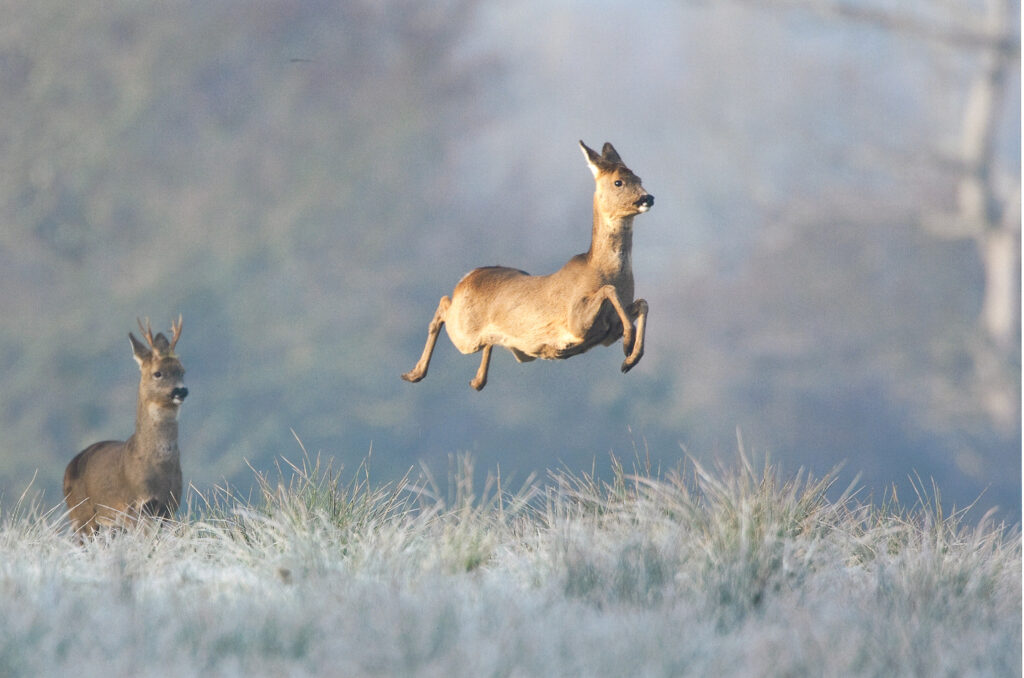
Hides are extremely valuable as they allow the photographer to get close to nervous or rare species without disturbance. Portable hides are particularly useful. I found it difficult to get a flexible, sturdy, inexpensive portable hide that would be comfortable if sat in for some time. My design was based on the plastic pipes I had seen on an American trip, and can be tailored to the individual very easily, and is strong but not too heavy.
Photographing birds in flight, especially birds of prey, is very difficult. By understanding thermal and dynamic soaring, the photographer is equipped to predict the best position to photograph a bird in flight i.e. when the bird is moving more slowly and at the correct height.
How important do you think wildlife photography is in increasing public engagement with the environment and conservation?
Wildlife photography is hugely important as photographs can convey an emotion or fact better than words, and in particular can illustrate features or situations in a compelling, thought-provoking way, or simply attract by their beauty.
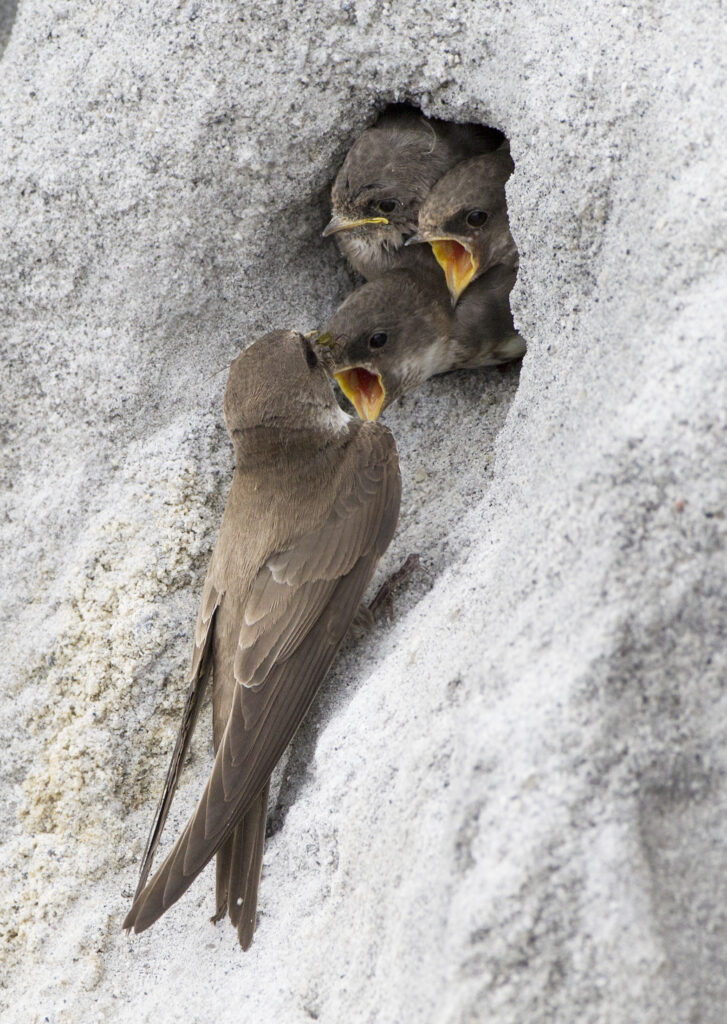
Your case studies provide a wonderful insight into your photography process. Are there any species that you haven’t yet photographed but would love to?
Pine Martens are at the top of the list. They are beautiful and intelligent but, at present, rare in England. Beavers are another species I would like to photograph, and hopefully, this will become easier if they are introduced to other parts of the UK.
Do you have any current or future projects that you would like to tell us about?
At present I am developing interactive online mini-courses for the Mammal Society using photographs, videos and interactive features. The aim is to attract and engage with more people to gain their support in the quest to learn more, and use the knowledge to try to halt the decline of UK wildlife. I am also developing a course to encourage the use of CCTV systems to monitor wildlife.
 Wildlife Photography Fieldcraft
Wildlife Photography Fieldcraft
By: Susan Young
Paperback | August 2022 | Pelagic Publishing

